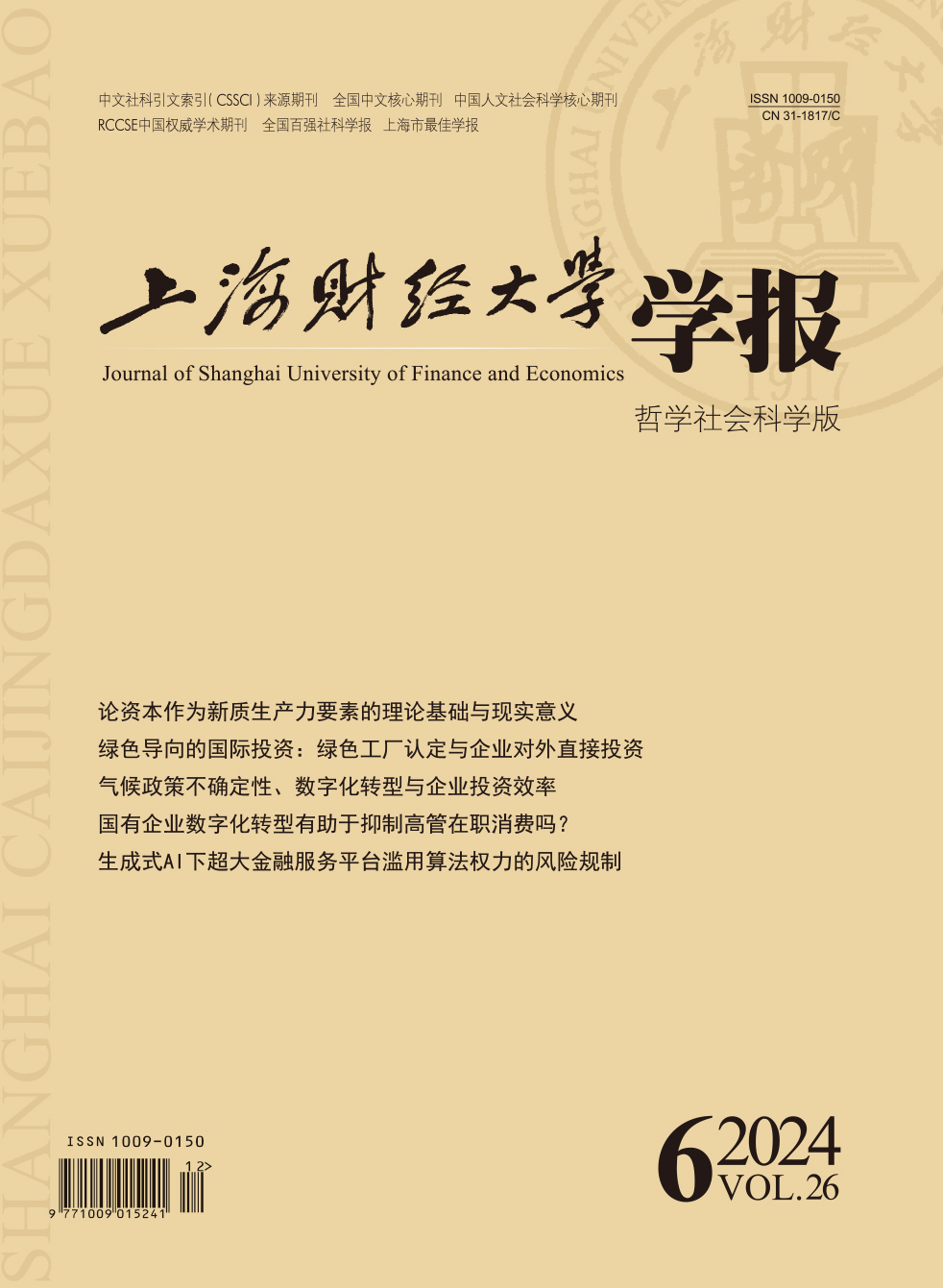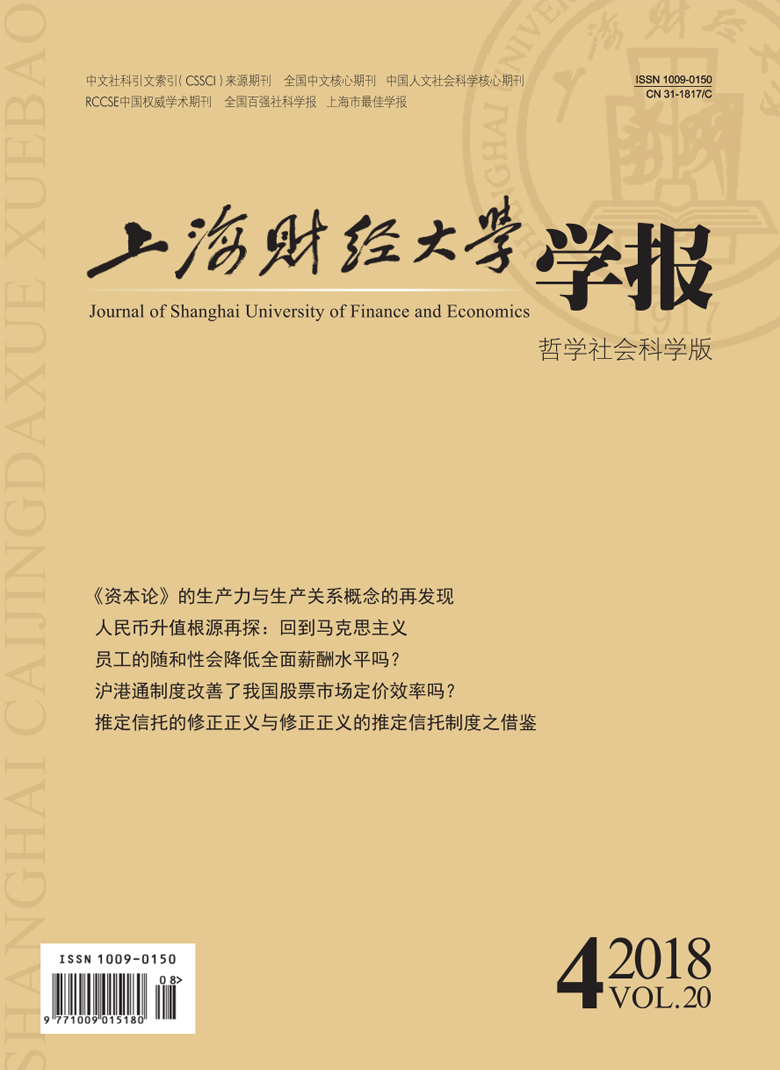Our Corporation Law clearly provides that directors and key managers have the duty not to misappropriate the corporate opportunities and the benefits obtained from the breach of the duty should be of the corporation, that is, the corporation has the " disgorgement right”. This provision over the legal remedy of the misappropriation of corporate opportunities by directors and key managers aims to incorporate the benefits into the corporation, which is based on the theory of unjust enrichment and doesn’t grant the victims with the real remedies for the breach of fiduciary duties. This cannot be sufficient to protect the victims’ rights: firstly, disgorgement of profits would be hindered, if benefits obtained by corporate fiduciaries would have been changed into other forms of property or transferred to the third party; secondly, corporate fiduciaries would not be liable to make up for the loss while the corporation hasn’t directly suffered a financial loss, but an opportunity loss; thirdly, disgorgement of profits based on the theory of unjust enrichment cannot give enough relief for such a wrong. The constructive trusts for the breach of fiduciary duty in the case of misappropriation of corporate opportunities shall have different legal effects: on the one hand, the victims can claim the disgorgement of profits by wrongdoers from the misappropriation of corporate opportunities; on the other hand, the benefits obtained by the wrongdoers can be traced by the victims through the real remedies while they have been transferred to the third party. According to the principle of the constructive trusts, the constructive trusts can be real remedy devices and personal remedy tools which can make up for the deficiency of the principle of unjust enrichment as remedy devices while the fiduciaries breach the fiduciary duty such as the misappropriation of corporate opportunities. The constructive trusts have advantages over the general creditors in the protection of rights. It is up to the parties to choose which remedy to protect themselves. The corrective function of constructive trusts is a measure of restitution of the wrongdoing from the breach of fiduciary duty. Constructive trusts have two corrective functions: disgorging the property and compensating the damages, which can provide the parties with a real remedy and a personal remedy. Especially a real remedy can offer victims a complete right protection mechanism, for it has an advantage over an ordinary creditor in the right protection. The institution of constructive trusts can fill the gap in the current statutory provisions of breach of fiduciary duties and make up for the deficiency of the rules of unjust enrichment, which cannot be substituted by other civil institutions and is worth being borrowed by our state’s trusts law. However, the conflicts among some legal ideas or concepts should be resolved when transplanting constructive trusts. The article takes the correction of the misappropriation of corporate opportunities as an illustration to study the corrective justice of constructive trusts, whose aim is to develop some theories related, promote the judicial practice, learn from constructive trusts and localize them by our state’s trusts law.
 / Journals / Journal of Shanghai University of Finance and Economics
/ Journals / Journal of Shanghai University of Finance and EconomicsJournal of Shanghai University of Finance and Economics
LiuYuanchun, Editor-in-Chief
ZhengChunrong, Vice Executive Editor-in-Chief
GuoChanglin YanJinqiang WangWenbin WuWenfang, Vice Editor-in-Chief
Corrective Justice of Constructive Trusts and Drawing upon the Constructive Trusts Institution: Take the Misappropriation of Corporate Opportunities as an Illustration
Journal of Shanghai University of Finance and Economics Vol. 20, Issue 04, pp. 111 - 128 (2018) DOI:10.16538/j.cnki.jsufe.2018.04.008
Summary
References
Summary
Cite this article
Chen Xueping. Corrective Justice of Constructive Trusts and Drawing upon the Constructive Trusts Institution: Take the Misappropriation of Corporate Opportunities as an Illustration[J]. Journal of Shanghai University of Finance and Economics, 2018, 20(4): 111-128.
Export Citations as:
For
ISSUE COVER
RELATED ARTICLES




 5293
5293  7052
7052

